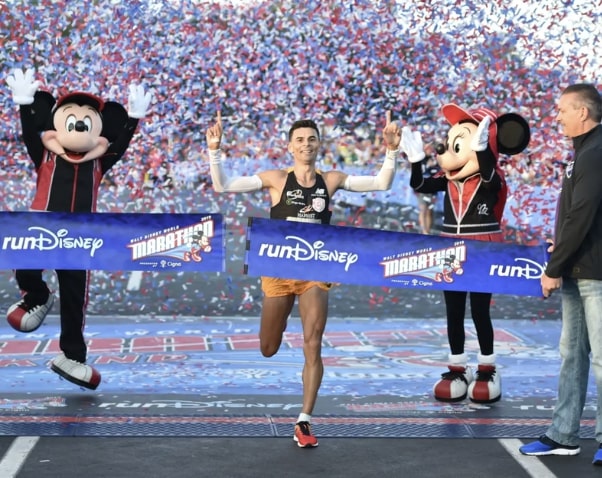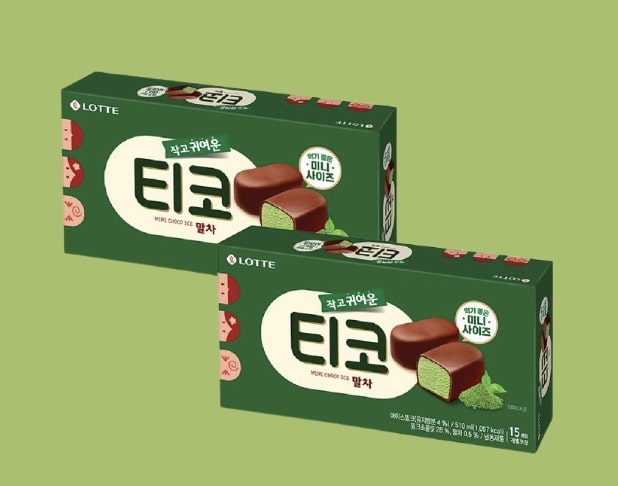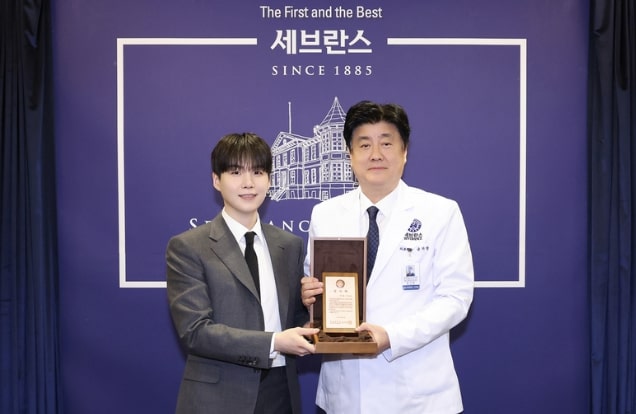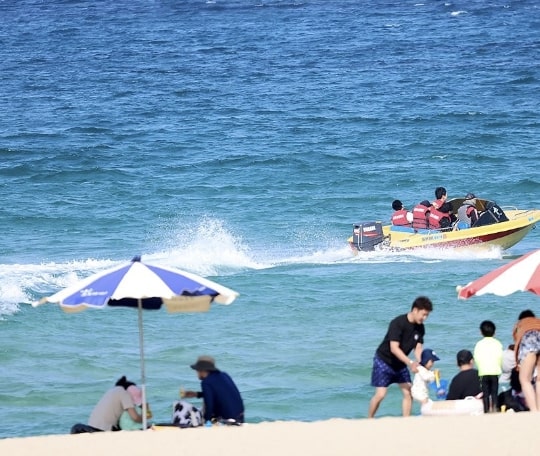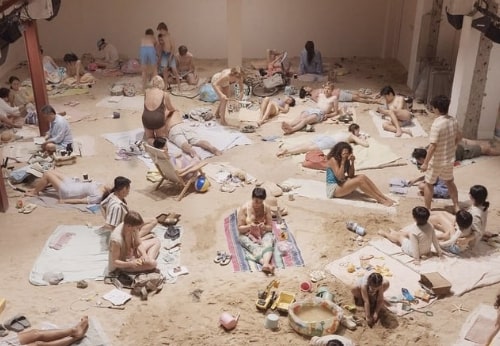
The Injeongjeon Hall at Changdeokgung Palace in Seoul is Open For the Month of March
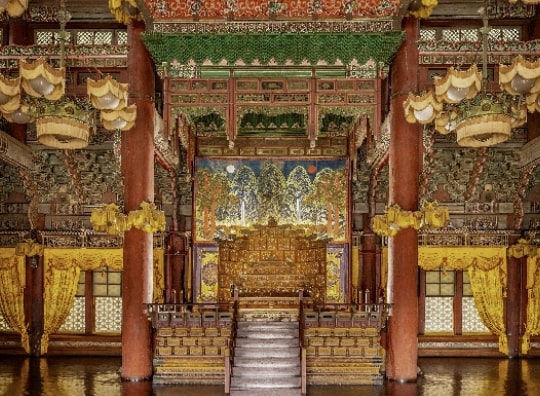
What Is Injeongjeon Hall Of Changdeokgung Palace?
‘Injeong(인정)’ means ‘benevolent politics’, and Injeongjeonis the main court of Changdeokgung Palace. It is an important building for official state ceremonies such as the coronation of kings, weddings, crowning ceremonies, and more. So, in a word, Injeongjeon is the “Royal Space”.

It was built during the Gwanghaegun of Joseon (personal name Yi Hon, was the 15th monarch of the Joseon dynasty of Korea), and rebuilt after a fire in the 3rd year of King Sunjo (1803) and renovated in the 8th year of King Cheoljong (1857).
The Previously Veiled “Injeongjeon” Is Opened To The Public In March 2024.
Why is it only open for a month? “To prevent damage to cultural heritage, the viewing is currently conducted by allowing the public to view the interior from the outside. In order to allow the public to enjoy the value of Injeongjeon as a main hall of Changdeokgung Palace more closely, we decided to open the interior within the scope of minimizing damage to cultural heritage. It’s a bit chilly now, but since there is a spring atmosphere during the day, we decided to open the interior in March to bring that spring atmosphere to Injeongjeon in Changdeokgung Palace.”
Interview by Director of Changdeokgung Palace via Yonhap News TV
Characteristics Of Injeongjeon
1. When viewed from the outside, Injeongjeon is often understood as having a two-story structure with a central floor. However, upon entering, one can observe that it has a single-story layout, allowing visitors to see the ceiling at a glance.
2. The height from the floor to the eaves is approximately 24.5 meters, which is equivalent to about an 11-story building in the Korean apartments.
3. Inside, there are many decorations symbolizing the king’s authority, with the most prominent being the phoenix. The phoenix, often referred to as the ‘bird of imagination,’ was believed to bring about peace and harmony when it appeared. Therefore, Injeongjeon itself, adorned with the phoenix, seemed to be regarded as a heavenly realm.
4. Above the throne where the king sits, there are pairs of phoenix sculptures. Additionally, pairs of phoenixes are sculpted on the highest ceiling in the center of the building. Changdeokgung Palace was also the residence of King Sunjong, the last emperor of the Korean Empire.
5. Installed in 1908, chandeliers, glass windows, curtains, and more still remain. Injeongjeon stands as one of Korea’s representative cultural heritage sites, showcasing the history from the Joseon Dynasty to modern times.



—
???? UoH has a personal assistant program for traveling in Korea, including reservations, rentals, and personal assistants. Feel free to email us at uofhorang@gmail.com for a quote and to find out how to proceed!
